Indonesia is the beginning of large-scale coffee planting, and the Dutch East India Company spent dozens of years here, showing the French a great commercial achievement, and the world also began the colonial era.
Indonesia, in Southeast Asia, there is a country that has the reputation of "the country of thousands of islands", that is, the Republic of Indonesia, referred to as Indonesia. This country is the largest archipelagic country in the world and is composed of 17,508 islands, among which the largest islands are Kalimantan Island, Sumatra Island, Sulawesi Island, and Java Island. Indonesia is connected to countries such as Papua New Guinea, Timor-Leste, and Malaysia, and its territory spans Asia and Oceania. The land area is 1,913,578.68 square kilometers. The place is large and the population is also large. It is the fourth largest populous country in the world and has hundreds of ethnic groups.
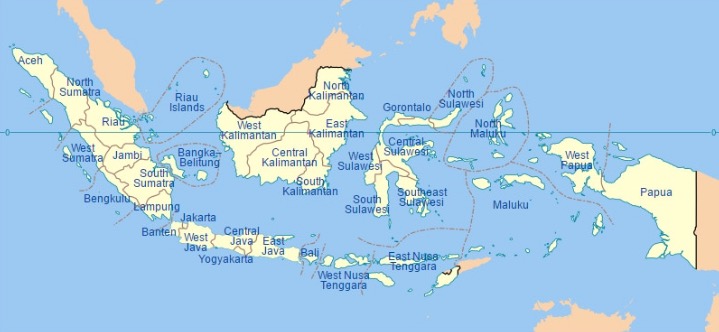
Coffee growing areas
At present, there are multiple islands in Indonesia where coffee trees are planted, and coffee producing areas are also divided by islands, such as Sulawesi Island, Bali Island, Java Island, and Sumatra Island.
Sulawesi Island: Coffee entered Sulawesi Island in 1750. Currently, there are seven large estates on Sulawesi Island, which produce 5% of the coffee output of the island. The rest are mostly produced by small farmers. Most of the Arabica on the island is planted in the higher-altitude Tana Toraja and the southern Kalosi city. The altitude is between 1,100-1,800 meters, and the main varieties planted are S795, timtim, and Ateng. The harvest period is from May to November.
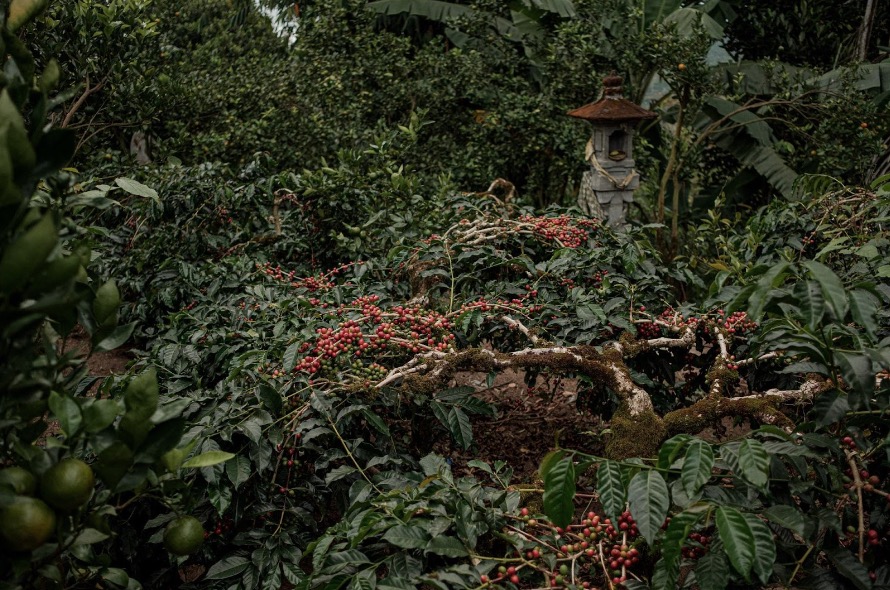
Bali Island: The coffee industry in Bali was severely frustrated when the Gunung Agung volcano erupted in 1963. In the 1970s to 1980s, the government began to encourage coffee planting. The Arabica seedlings provided at that time were not successful, and later, 80% of the entire island was planted with Robusta, and later, the tourism industry became the most important source of income for the island. The planting altitude on the island is between 1,250-1,700 meters, and the main varieties planted are Robusta and Typica. The harvest period is from May to October.
Java Island: Coffee was initially planted on Java Island. Currently, there are four largest estates on Java Island, with a total area of 4,000 hectares. Most of the coffee is planted in the eastern area near the Ijen volcano in Java Island. The altitude is between 900-1,800 meters, and the main varieties planted are S795, Ateng, and USDA 762. The harvest period is from July to September.
Sumatra Island: Coffee was not started to be planted in Sumatra until 1888. Now there are three main production areas on Sumatra Island: Aceh Province, near Lake Toba in the Lin Dong area, and the southern mangkuraja. The altitude in Aceh Province and mangkuraja is between 1,100-1,300 meters, and the area near Lake Toba has 1,100-1,600 meters. The Lin Dong area is located in the Lin Dong Huta area southwest of Lake Toba. In the past, the commonly seen "Sumatra Mandheling" was named to sell coffee. Mandheling is not a place name, but a group on the island. Sumatra Island mainly plants S795, Tim Tim, and Ateng, and the harvest period is from September to December.
Coffee variety Ateng, many people will think it is a new variety, in fact, this is just the Catimor variety. "Ateng" is just the local name in Indonesia. Just like the TimTim in Indonesia is the local name for Timor Hybrid (Timor species Tim). Catimor Catimor is a hybrid between the Timor species Timor and the Caturra Caturra, which gives rise to the first-generation F1 hybrid variety group, which is the Catimor Catimor.
On the coffee tree plant, the top tip of the young leaves of the Catimor tree species has a green top or bronze top, with many branches and a short spacing, and the coffee cherries are mainly red fruits. The raw bean is longer and thick and large, and the overall tree shape is relatively short and can be intensively planted. It has resistance to coffee leaf rust, but is easily affected by nematodes and coffee berry disease. It is suitable for growing in the middle and low altitude areas, with a high yield.

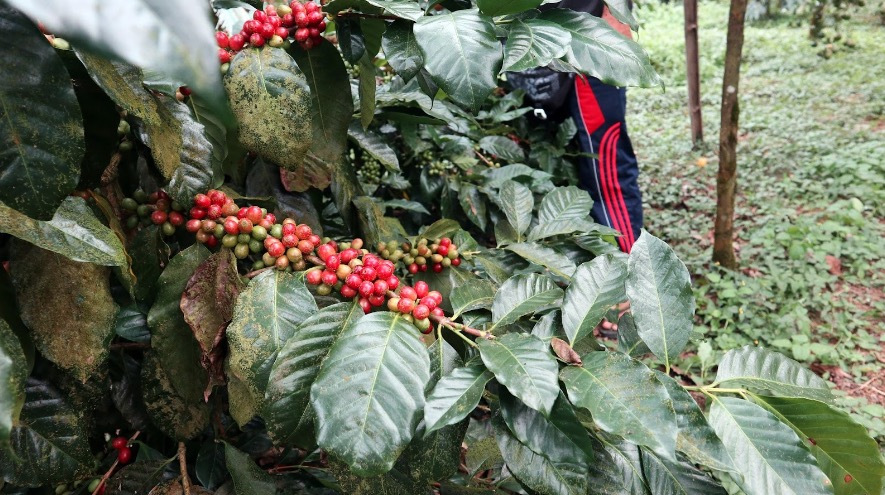
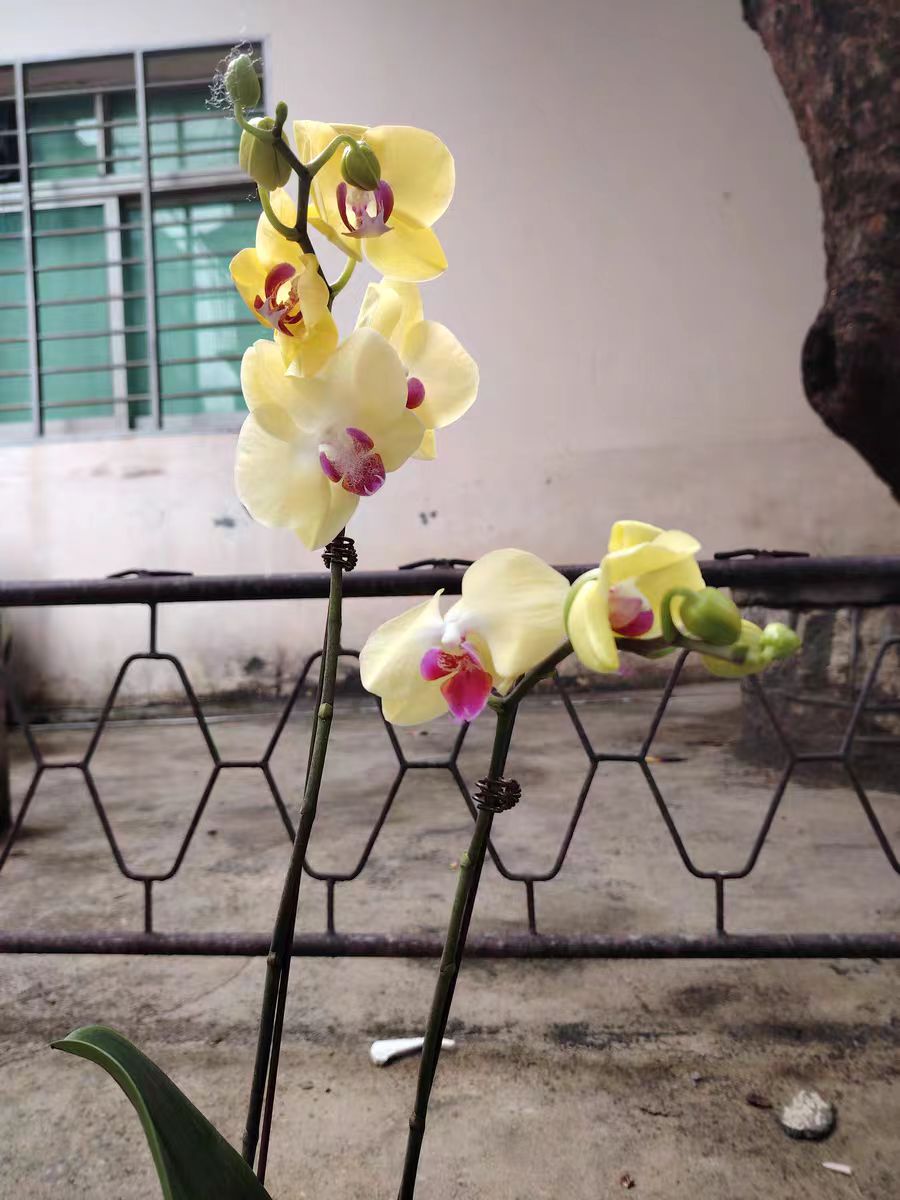
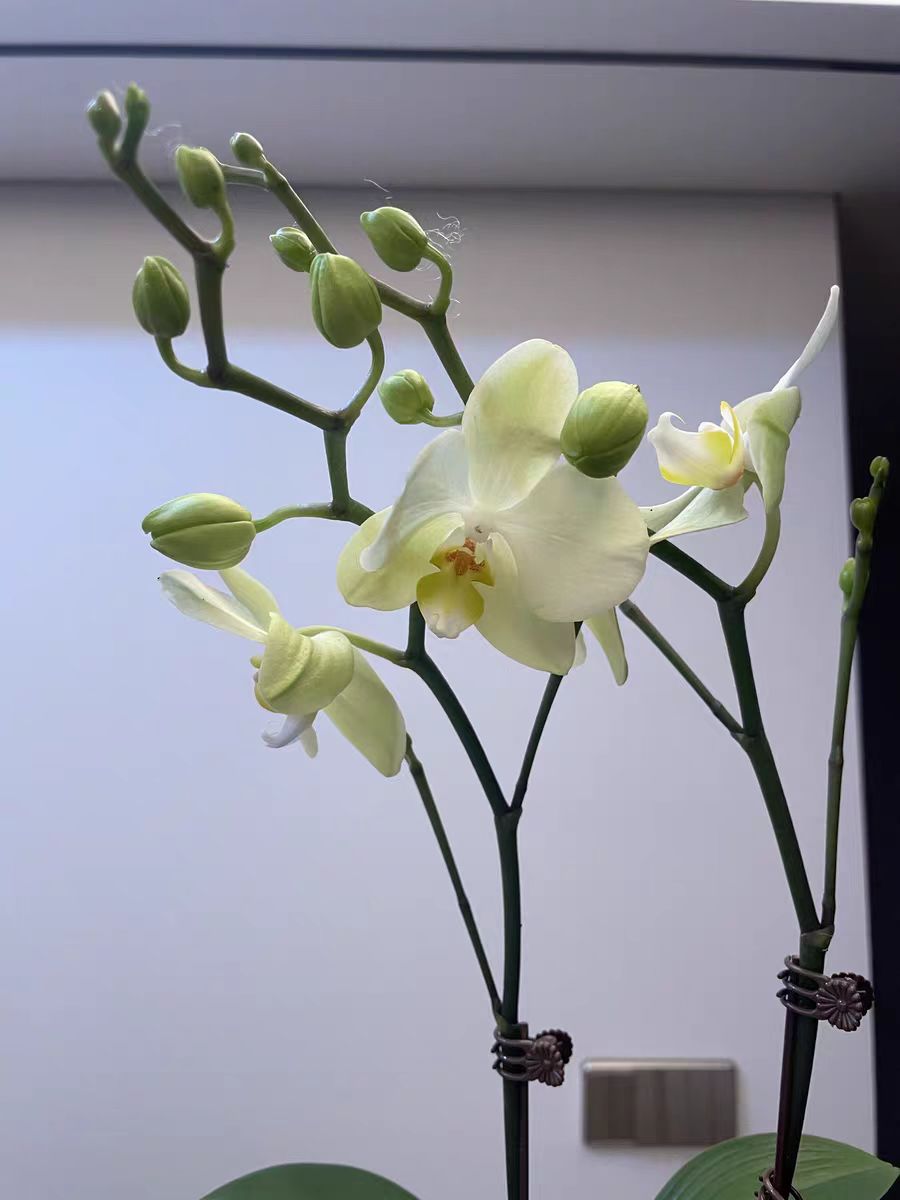
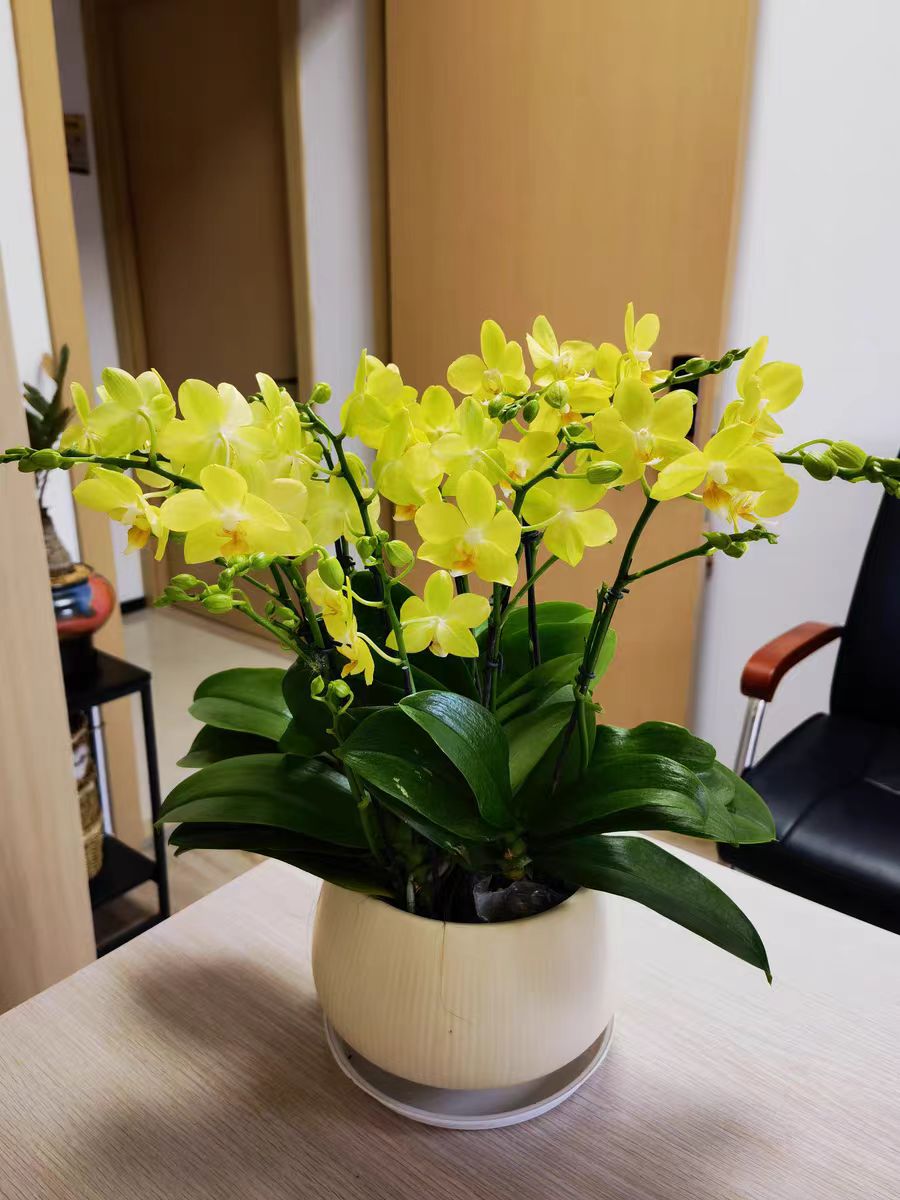
Leave a Reply